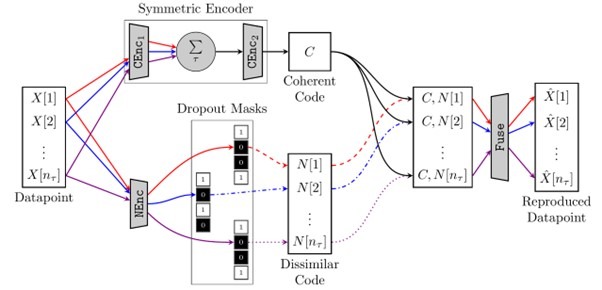Deep Learning for Computational Seismic Imaging Towards reliable geophysical inversion using scientific machine learning
Faculty: Pawan Bharadwaj (CEaS) and Chandra Sekhar Seelamantula (EE)
In earth sciences, determining subsurface properties by measuring ambient seismic vibrations, commonly known as seismic imaging, is a complex task. This project aims to build computational capabilities to reliably process reams of data being generated from experiments, given the seismic wave equation and various models for seismic sources. The focus is on blending traditional seismic inversion (PDE-constrained optimization) with modern machine learning e.g., data-driven representation-learning ideas. This research will produce new methods, algorithms, and interpretable network architectures with embedded physical constraints.
Fast and accurate solutions to large-scale seismic inverse problems are critical for geophysical exploration and solid earth geoscience tasks, which currently rely exclusively on model based numerical solutions that require overwhelming computational resources, human intervention, and iterative workflows that often last several months until convergence.

Figure 1 Symmetric autoencoder (Bharadwaj et al. 2022) architecture trained to disentangle earthquake source (coherent code) and subsurface medium effects (dissimilar code). These effects are otherwise strongly coupled in the input seismic data (datapoints), thereby complicating seismic inversion.
This position provides a unique opportunity for students to work in areas spanning computational seismic imaging, signal processing, inverse problems, and scientific deep-learning methods. It is expected that the student will also strengthen the existing collaborations of IISc with the energy industry.
Applicants with background in applied mathematics and earth sciences with passion to work with complex geophysical systems are encouraged to apply.
References
- Pawan Bharadwaj, Matt Li, and Laurent Demanet, (2021), “Redatuming physical systems using symmetric autoencoders” Phys. Rev. Research, https://arxiv.org/abs/2108.02537
- S. Mache, P. K. Pokala, K. Rajendran, and C. S. Seelamantula (2021), “DURIN: Deep-unfolded Sparse Seismic Reflectivity Inversion Network”, https://arxiv.org/abs/2104.04704
